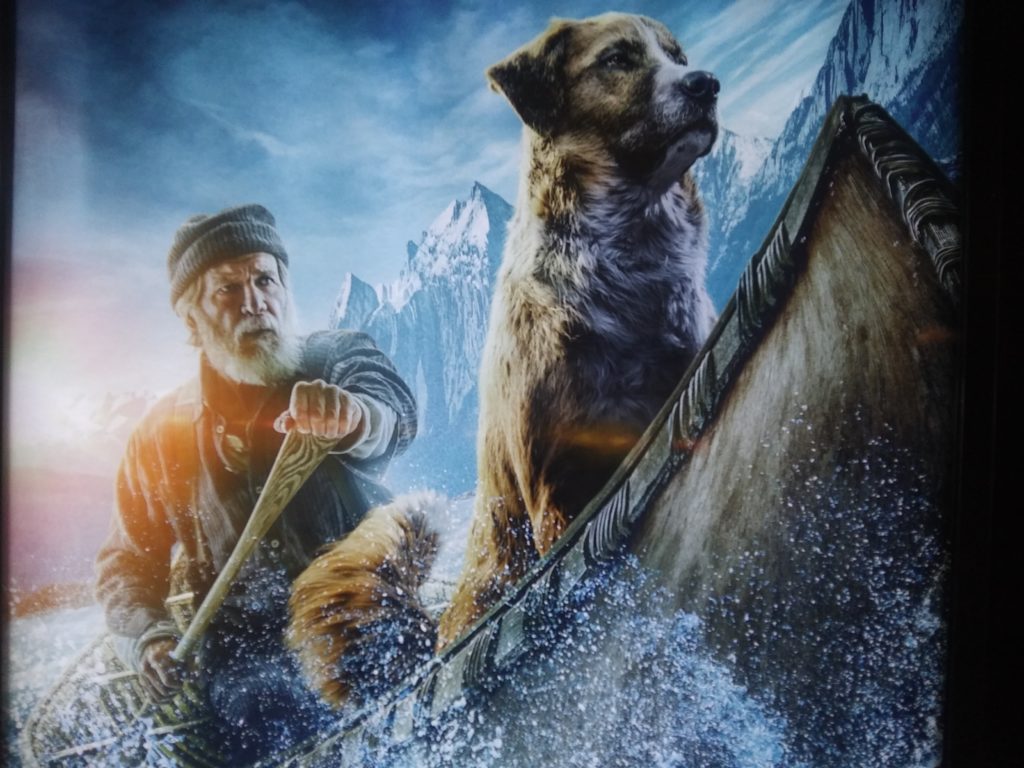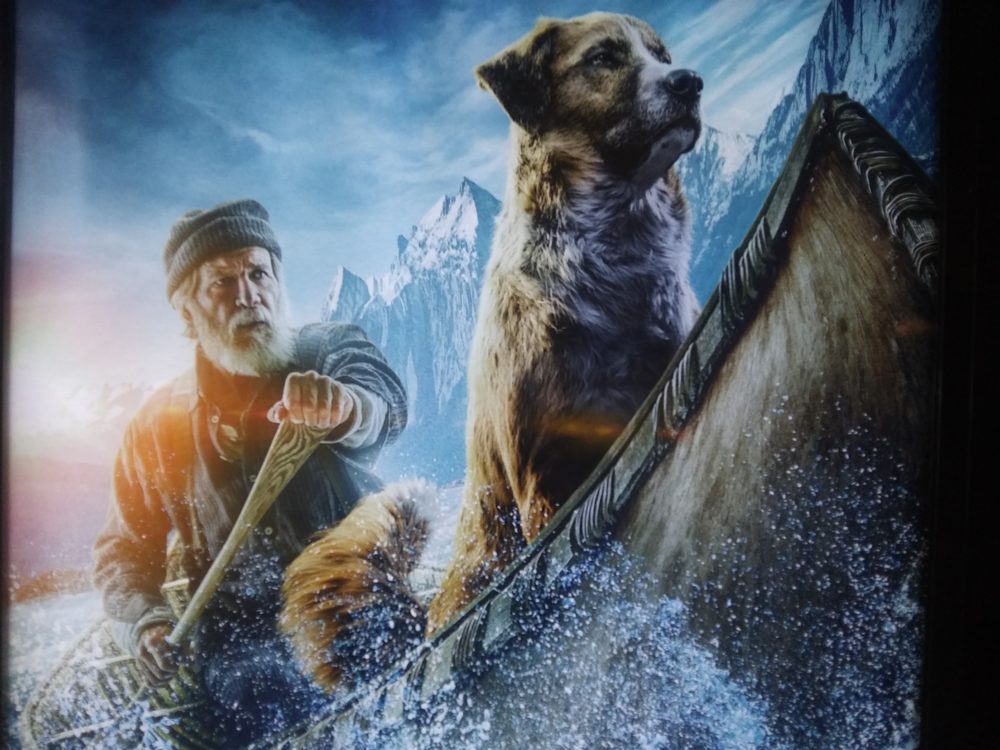How does the film stack up to the novel?

Before the film’s release, many were skeptical of its CGI dog.
The bond between man and man’s best friend is formed within the harsh wilderness of Alaska in Jack London’s 1903 novel “The Call of the Wild” and this month’s film adaption of the same title directed by Chris Sanders.
In both the greatest find within the Klondike gold rush of the 1890s is one dog’s friendship with a man who takes him as his friend.
The book
Considered one of the great American literary classics, “The Call of the Wild” tells the story of a pampered and spoiled California judge’s dog named Buck who is stolen from his rich owner and sold as a sled dog in the Yukon of Alaska.
Facing harsh beatings from cruel and inexperienced managers, bullying from rival dogs and finally kindness from a prospector named John Thornton, Buck discovers his animal side (no pun intended).
Throughout his journeys, Buck learns what it means to be in unison with nature as well as man’s guardian and fellow creature. However, he also discovers, within the wake of tragedy, the cruel and undeniable power he has as a monster to all who threaten him.
Over the course of the book, he learns new tricks; evolving from stealing bacon from his owners to flat-out tearing rival dogs (and later human enemies) to shreds.
This book was made to explain the story of an animal’s return to primitivism within the harsh confines of the ever-changing wilderness. Jack London based his novel on his own experience. He was a California native who moved up to Alaska during the Klondike gold rush, homeless and seeking his fortune.
Though he failed at finding gold, he found loads of experience with which he used to craft his stories. In the winter camp where he worked, London read a book, John Milton’s “Paradise Lost,” which spoke of the fall of the archangel, Lucifer.
Inspired by the tale of one civilized creature’s fall from grace into forging a trail of destruction and dominance, London wrote this story from the perspective of Buck the sled dog. The result was this timeless classic, which is absorbing in its tale of adventure as well as shocking in its descriptions of Buck’s sudden trials and tragedies.
The film
When the first trailer for this film was released, the internet had a combined “Meh” reaction, mainly due to the completely computer-generated dog. Apparently, according to the general viewer, when half of everything in a Marvel film is CGI it is art, but when an animal is CGI in any other film it is pure evil. (I will not supply ice for that burn. CGI marshmallows, anyone?)
I was amazed at how good this film was, both as an adaptation and as its own story. This film is much closer in spirit to the book than I would have thought and was a genuine surprise for me.
Yes, it is a PG-rated family film, but it does not shy away from animal cruelty and brutal animal combat that was prevalent in the book. Some spoken lines from the book are repeated in this film.
Something I was not expecting was a vision Buck has in the book of a ghostly wolf who plays a fantastic part in this story in helping him discover his strength. Another plus is that the film does not sidestep the jarring finale, which I can do nothing but applaud it for. Some children in my theater were crying at the end.
The new content the film brings in is the extensive characterization of John Thornton. In the book, he was simply a kind man to Buck who got into trouble a lot; once almost drowning, being beaten in a barroom brawl and gambling on Buck’s strength.
In this story, he is a broken alcoholic in self-imposed exile suffering from the death of his son and his recent divorce. His connection with Buck saves him from his depression and helps him realize what it means to live again.
In the book, it was Thornton and the wilderness which helped Buck discover his purpose. In this film, it is Buck and the wilderness which helps Thornton find his purpose.
The victor
I prefer the book over the film as it is a masterpiece of wilderness adventure. However, I cannot recommend this film enough and it is a great pallet-cleanser for the whatever-it-was that was last month’s “Dolittle.”
